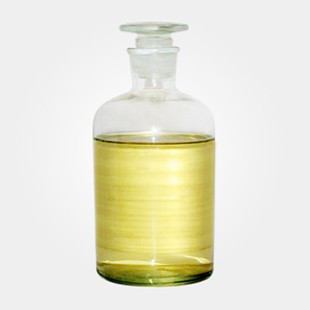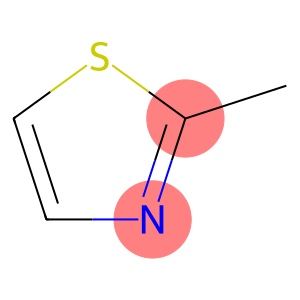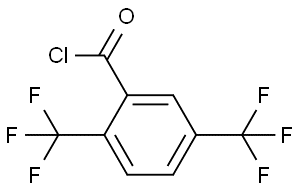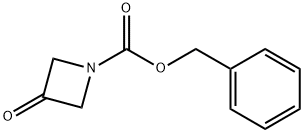cedar wood oil(CAS#85085-29-6/1159574-01-2)
Risk and Safety
| Hazard Symbols | Xi – Irritant |
| Risk Codes | R38 – Irritating to the skin |
| Safety Description | S24/25 – Avoid contact with skin and eyes. |
| UN IDs | UN 1993 3/PG 3 |
| WGK Germany | 3 |
| RTECS | FJ1520000 |
| FLUKA BRAND F CODES | 8-9-23 |
cedar wood oil(CAS#85085-29-6/1159574-01-2)
Properties Pale yellow to reddish-brown oily liquid with a soft and persistent aroma characteristic of cypress. Soluble in ethanol, ether, chloroform, and other organic solvents and vegetable oils, but insoluble in water. The chemical properties are relatively active, and under certain conditions, chemical reactions such as hydrogenation, addition, and esterification can occur, producing high-grade fragrances such as methyl cypress enone, cypress acetate, and methyl cypress ether. Method The production of cypress oil has strict requirements for raw materials and cannot be mixed with other non-cypress raw materials; even a small amount of non-cypress material can significantly affect product quality. Typically, wood from the trunk, roots, or scraps of the juniper plant is cut into wood chips of 4-6mm size (to improve oil yield and shorten distillation time), and steam distillation is used to obtain crude oil. Water distillation can also be used to extract oil, but the yield is relatively low. Refined cypress oil can be obtained through fractional distillation. Uses It can be used as a fixative and harmonizer, primarily for the formulation of perfume fragrances, soap fragrances, and cosmetic fragrances, and is widely used in sandalwood, sandalwood rose, and oriental fragrances. Specialty cypress oil can be refined for use as a cleaner for microscopes and optical glass, as well as for lens oil immersion. Various mono fragrances such as cypress camphor and cypress can also be isolated from cypress oil, and further synthesis of cypress acetate, acetyl cypress, and other high-grade fragrances is possible.








![5-chlorobenzo[d]thiazol-2-amine(CAS#20358-00-3)](https://www.xinchem.com/uploads/5-chlorobenzo.gif)